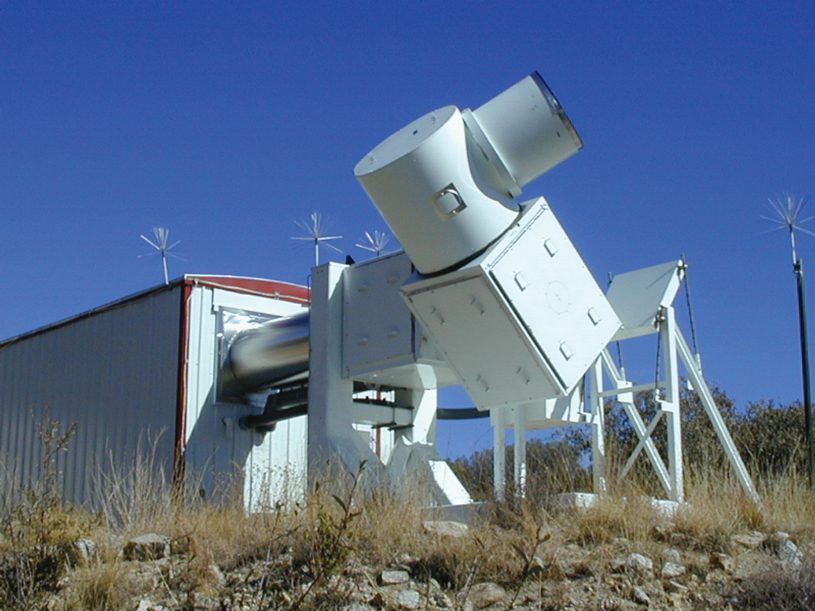There is no “edge of space,” no sharp demarcation where the Earth’s atmosphere ends and outer space begins. Instead, there is the fuzzy, progressively thinning exosphere, a region filled mostly by neutral hydrogen atoms that stretches from an altitude of 500 kilometers to hundreds of thousands of kilometers above the Earth’s surface. So far, the outer detectable limit of the exosphere is around 15.5 Earth radii—roughly half the distance between the Earth and the Moon.
The diffuse aura that is the exosphere becomes detectable when ultraviolet light from the Sun interacts with the neutral hydrogen atoms, producing a glow known as the geocorona. Studying the properties of this glow can give scientists insight into the dynamics and properties of the exosphere, including its density, temperature, and interactions with the rest of the Earth system.
Assessing the properties of the geocorona is made more difficult by the fact that solar radiation can interact with exospheric hydrogen in different ways—by exciting hydrogen atoms’ electrons to different energy levels.
In some cases, the excited electrons will emit a photon with a characteristic energy known as an Hα emission as they relax to a lower energy level. In others, the relaxing electrons will produce an Hß emission. The trouble is that some electrons that emit Hß photons relax instead to the level that produces Hα emissions, a process known as cascade. Understanding the prevalence of these so-called Hα cascade emissions is important to properly understanding the properties of the exosphere.
Using a specialized spectrometer, Roesler et al. simultaneously measured the Hα and Hß emissions coming from the exosphere on three different nights in winter 2008. Drawing on previous theoretical research, the authors calculated that the number of cascade contributions to Hα emissions from all of the solar-excited hydrogen is roughly half the number of interactions that produce Hß emissions. Their determination aligns with previous measurements of the Hα cascade made using different techniques. (doi:10.1002/2014JA020026)
—Colin Schultz
© 2014. American Geophysical Union. All rights reserved.
© 2014. American Geophysical Union. All rights reserved.

